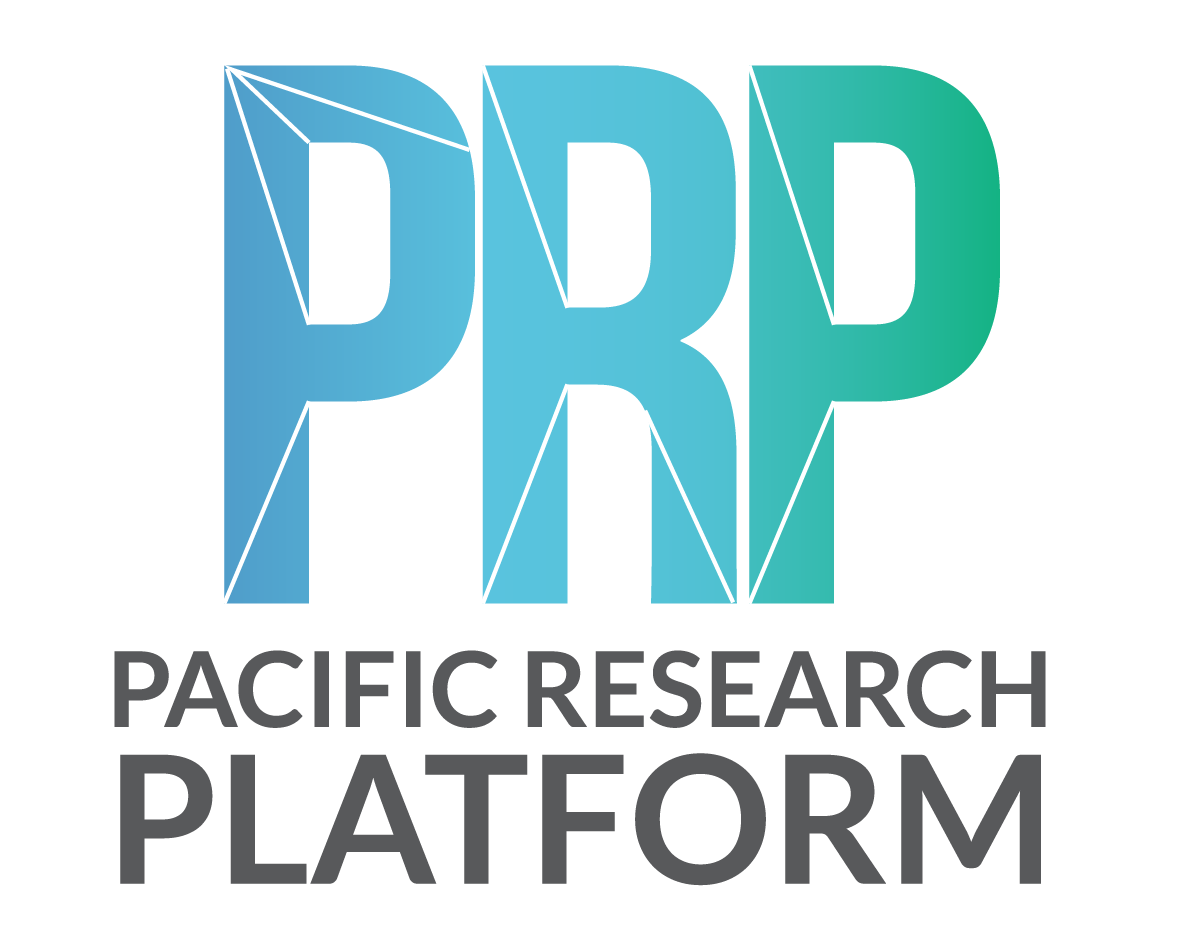When COVID shut down the country, many homes experienced inadequate Internet for work, school, and entertainment needs. For researchers linked to the Pacific Research Platform (PRP), supported by the Corporation for Education Network Initiatives in California (CENIC) and its own Nautilus infrastructure, scientific research continued forward so important discoveries wouldn’t be interrupted.
“We may not have had toilet paper,” said networking pioneer Tom DeFanti, “But computational science continued with no problem.”
The PRP was conceived in 2014 by member institutions of CENIC as a way to support data-intensive research projects. The challenge was to connect multiple researchers in various locations with rapid access to dispersed datasets. Led by principal investigator UC San Diego physicist and networking savant Larry Smarr and managed by UCSD co-principal investigator Tom DeFanti, the impact of this NSF-funded project exceeded expectations.
“We began thinking we would develop a way to connect the 150 or so Science DMZs at major universities to achieve large disk-to-disk transfers of information,” said DeFanti. “Along the way, we learned that rather than move giant files around, we could provide access to large datasets through creative networking and virtual co-location of data.”
Their innovative networking engineer colleagues led by John Graham of UCSD’s Calit2/Qualcomm Institute, along with Dima Mishin and Tom Hutton of the San Diego Supercomputer Center, learned that when scientists exploring complex topics involving layers of data and information the potential for scientific discovery and innovation fuels change that can improve our world.
Take the challenge of predicting, rather than reacting to, the persistent spread of wildfires in California. With PRP capacity and engineering ingenuity, scientists have developed WiFIRE, a critical decision support tool for first responders seeking to predict the behavior of fires. With an array of sensors throughout the state detecting wildfires, scientists at UCSD have layered information from multiple real-time data sources to enable scientists to model and predict fire behavior. That breakthrough can provide critical information to those on the frontlines working to minimize fire impact.
“We can bring together all the data sources to enable fast decision support using models, data science and fire science,” said Ilkay Altintas, director of the UCSD WiFIRE Lab. “That’s what we have achieved.”
A future goal is to extend the innovative power of the network beyond traditional research and education institutions.
“As a nation, we can’t afford to lose the innovative insights of our diverse communities by having any community lost simply by a lack of access to our cyber infrastructure,” said Louis Fox, president and chief executive officer of CENIC. “Now is when the historically disengaged – our indigenous communities, our historically black colleges and universities – must be connected, engaged, and empowered by access to our national high-performance network that leverages science towards solutions of important problems.”
CENIC connects California to the world — advancing education and research statewide by providing the world-class network essential for innovation, collaboration, and economic growth. This nonprofit organization operates the California Research & Education Network (CalREN), a high-capacity network designed to meet the unique requirements of over 20 million users, including the vast majority of K-20 students together with educators, researchers, and others at vital public-serving institutions.

